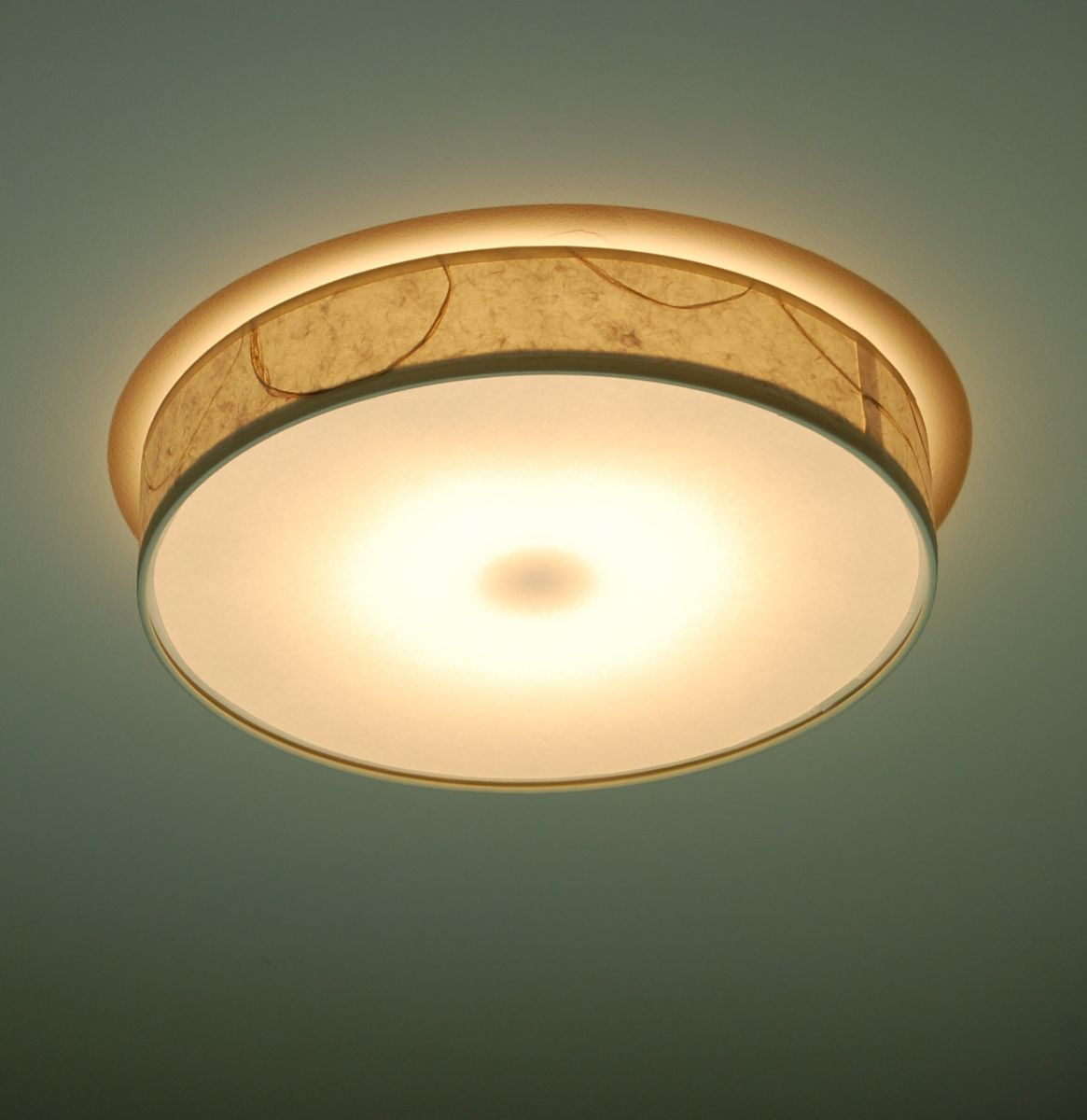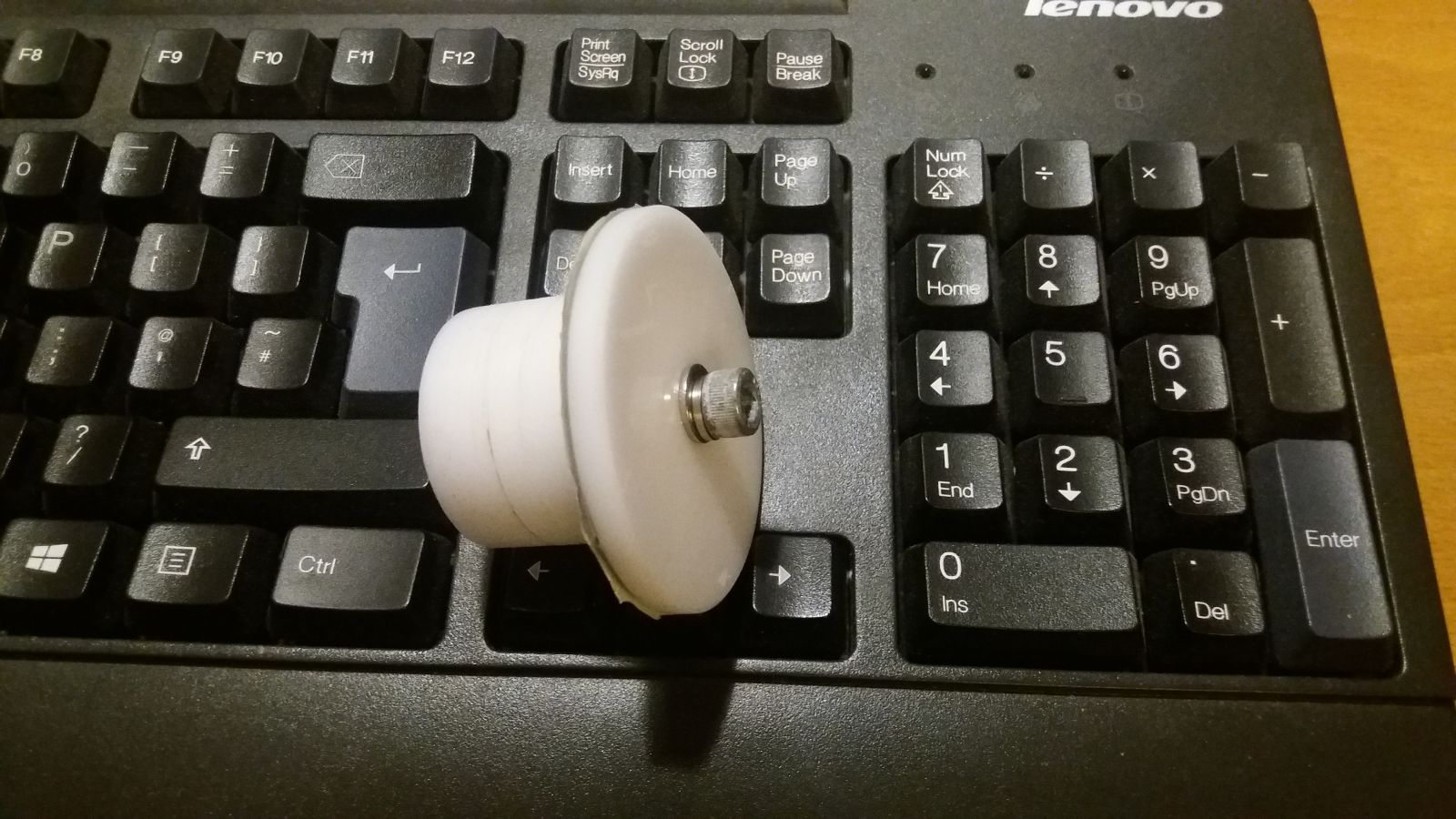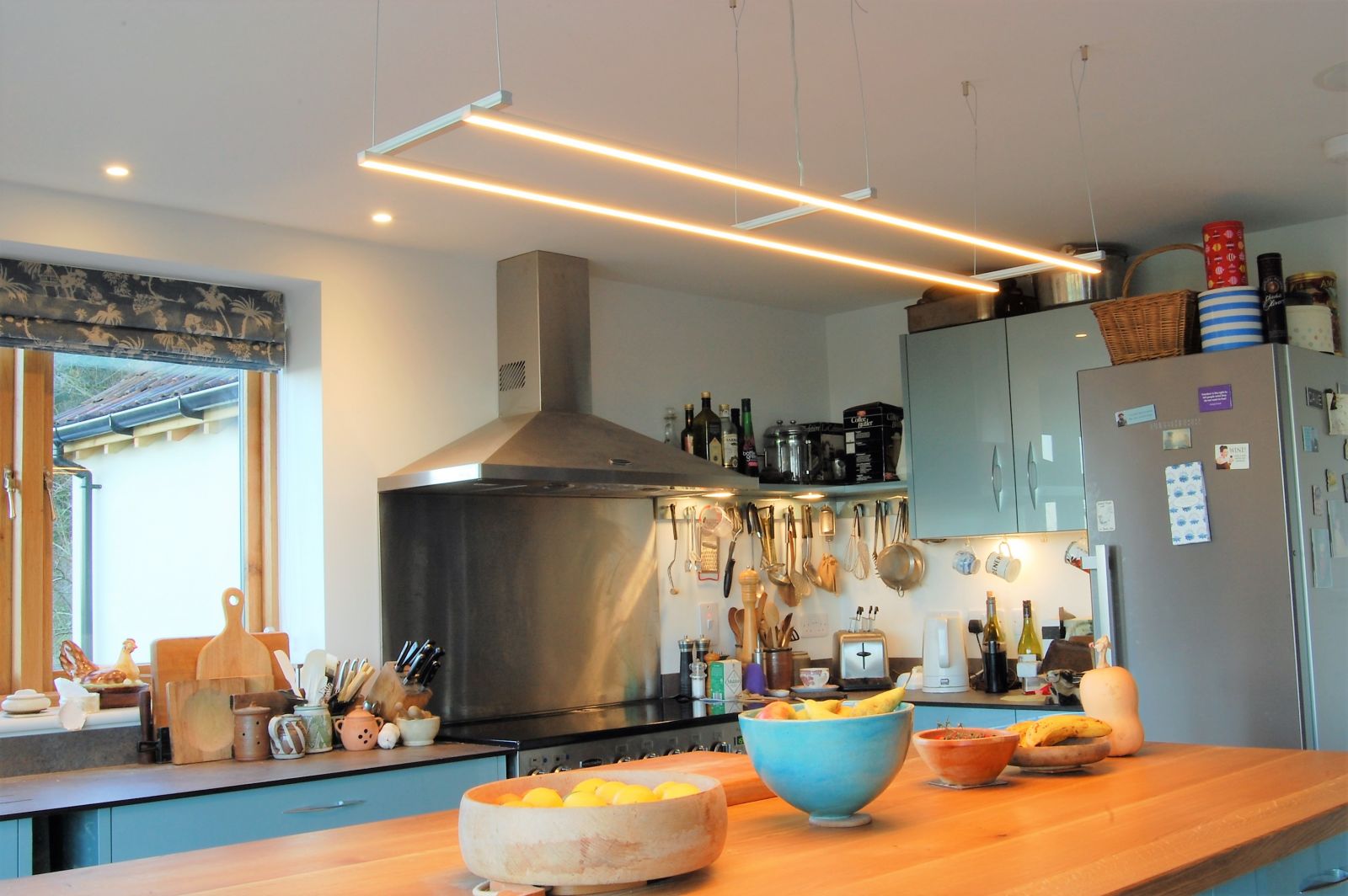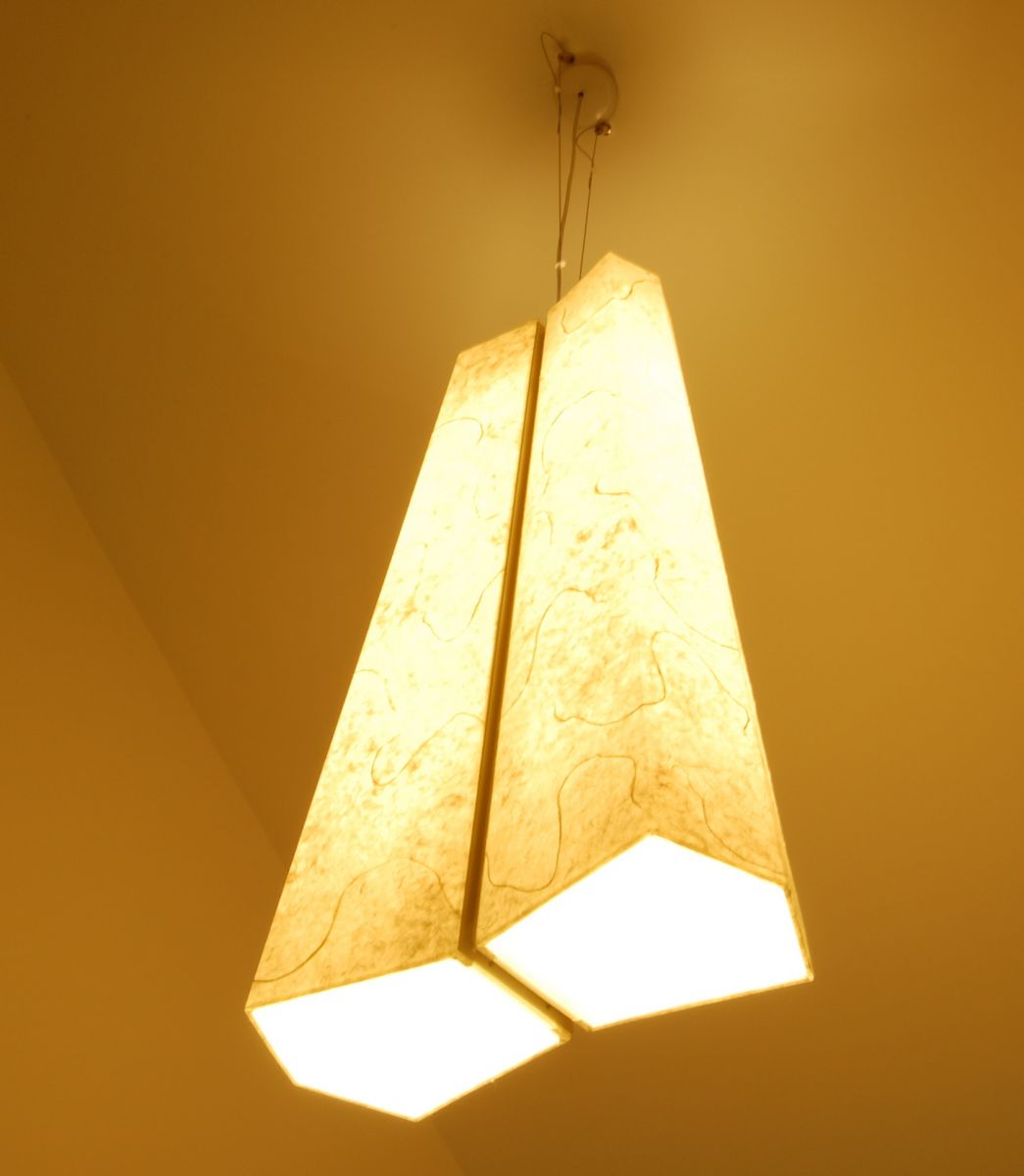
Phone:
+44(0)1935 812447
Mobile:
+44(0)7970 025924
Email:
jb@jb-ld.co.uk

Phone:
+44(0)1935 812447
Mobile:
+44(0)7970 025924
Email:
jb@jb-ld.co.uk

05-01-2017
I’m going to lay responsibility for this conversion onto two factors: working on too many ‘period residences’ and – dagnabit – the LED. Here’s how this shakes down:
We don’t need to go back very far to find a time when artificial light was expensive and there wasn’t enough of it. Back then, light was used only where it was needed. As we progressed, lighting technology, despite the efforts of Swan and Edison, remained as little more than fire in a bubble – difficult to control, cumbersome and a fire hazard. And this was the age of the shade. But what we’ve forgotten in our own age of Light (thanks to abundant energy generation) is that our forebears’ relationship with light was necessarily an active one. Lighting was a physical thing, inside the space and we necessarily interacted with it – the table lamps, wall sconce, chandelier and so on. Light had to be somewhere whether it was stuck on top of a stick or nailed to the wall; it had a definite, and defining, presence.
Latterly, Modernist architecture and Minimalism was encouraged by the 1980’s downlighting revolution. Lighting hardware effectively disappeared from the interior scene and our relationship with light form factors was lost. Light decoration was consigned to the bin marked ‘old’.
But as soon as we review our relationship with the downlight we are forced to the realisation that downlighting is not ‘timeless’; it’s just as stuck in its period as an oil lamp. Then we can understand its overwhelming shortcomings and review the alternatives – and they mostly, perhaps totally, spring from a decorative foundation. And that’s where all those ‘period residences’ come in. There’s no call for an array of downlights in an 18th century farmhouse. But if not that, then what?
The introduction of the LED is another matter, but it’s opened an unexpected door for me in providing solutions to some of the design issues that arise from the ‘anything but a downlight’ argument. Every light fitting ever made was designed around its light source; typically that ‘fire in a bubble’ mentioned above. Light bulbs have evolved over the past century but the simple A-shape (or GLS lamp to you and me) remains at the heart of decorative fitting design. And while we’re grateful to the LED developers for producing an energy-efficient copy-cat light bulb that does everything the old tungsten filament did, it’s time we started looking hard at the LED form factor because there are opportunities here that can lift light fitting design to a new level.
Here are three examples of form factor following light function, installed recently in a Somerset farm cottage.
 In my previous post I featured the mysterious widgit that promises to change everything. Well, this is the standard central ceiling light redefined. Every shade that we’ve ever seen was designed not to catch fire when wrapped around a tungsten filament. Here, the shade is only 60mm deep because we’re in a cottage with a low ceiling. We can only do this because of the discreet LED panel fitted into the ceiling above the shade.
In my previous post I featured the mysterious widgit that promises to change everything. Well, this is the standard central ceiling light redefined. Every shade that we’ve ever seen was designed not to catch fire when wrapped around a tungsten filament. Here, the shade is only 60mm deep because we’re in a cottage with a low ceiling. We can only do this because of the discreet LED panel fitted into the ceiling above the shade.
The camera DOES lie, but it at the same time it exposes a truth.
The hotspot at the centre of the diffuser is not discernible to the naked eye, though obviously its there to be read by a digital camera, but it does demonstrate tjhe physical size of the LED panel mounted into the ceiling above the shade.
 Both the client and I can live with the central shadow created by the widgit.
Both the client and I can live with the central shadow created by the widgit.

There comes a point when the originally-intended design direction comes to a screeching halt and an aesthetic hand-brake turn sends the project off in a different direction. Here, the design conversation had run its course; both the designer and the client were sick and tired of what we were talking about, so the designer said, 'why not have a ‘no-fitting fitting. Let’s go for something that is as minimal as possible with as little form as possible.'
And that’s what we see here. Two lines of LED channel (tunable white, of course) suspended above the kitchen island unit, providing an uninterrupted view across the kitchen.
 The LED has given us the linear light par excellence; no previous source has got close to achieving the light output and quality. And so its possible to re-define the lamp shade, taking it to a new quality of form. The reference for this shade was The Shard (the rail journey from the West Country inevitably involves a long distance view of The Shard. When I was a lad it was a sign that the family holiday was about to start as soon as Blackpool Tower came over the horizon. Same thing, really).
The LED has given us the linear light par excellence; no previous source has got close to achieving the light output and quality. And so its possible to re-define the lamp shade, taking it to a new quality of form. The reference for this shade was The Shard (the rail journey from the West Country inevitably involves a long distance view of The Shard. When I was a lad it was a sign that the family holiday was about to start as soon as Blackpool Tower came over the horizon. Same thing, really).
So we have an asymmetric form in all of its planes; a design process that led to the use of a 3D printer to make up the pentagonal frames at top and bottom of the shades – easy to draw but ridiculously difficult to form using conventional metalwork processes. The central spine carries the light source, of course, and the driver is tucked away in the attic.
A (very) basic guide to ethical specification
Lighting design: it's a client thing
Calculating obtrusive light: whose job is it?
When there's nothing in the catalogue
When is a chandelier not a pendant? When its a lantern!
When clients learn too much . . .
One of our details is missing
Where will light fittings come from?
The end of the light bulb?
Always something new . . . again
Always something new . . .
Combining old and new
On being in the dark . . .
Riffing The Internet of Things
PUBLISHED ARTICLES
John Bullock writes a regular column for lighting magazines. You can find all of the archived pieces here.
BLOGS - LIGHTING DESIGN
John Bullock writes about all things and anything concerning architectural lighting design; new technologies and old lamps; anything,really.
HOME LIGHTING CONSULTANT
John Bullock designs innovative lighting designs for people's homes. By working closely with clients he is able to deliver solutions that meet - and exceed - their expectations.
BLOGS - CPD RIBA CORE PROGRAMME 2015
John Bullock will be presenting a seminar on latest lighting design and technologies as part of the RIBA CPD Core programme 2015
BLOGS - SUSTAINABILITY
John Bullock believes that the UK lighting industry needs to embrace a sustainable way of delivering good quality product through good design, fabrication and end-of-life management.
BLOGS - LIGHTING HEALTH AND WELLBEING
Lighting has a vital role to play in our health and wellbeing.

CONDUIT (6) - Lighting for Winter Gardens
CONDUIT 5: Home Lighting - LED Lighting (2)
FX Magazine: Lighting Focus - Sustainability (Issue 258)
CONDUIT 4: Home Lighting - LED Lighting (1)
Can Smart Lighting Save The Planet?
CONDUIT 3: Home Lighting - The Bathroom
Can Lighting Save Us From Ourselves . . . NO!
CONDUIT 2: Home Lighting - The Dining Room
Read More
John Bullock Lighting Design
4 Miller Way
Sherborne
Dorset
DT9 3SG
England
Website designed by Alacrify